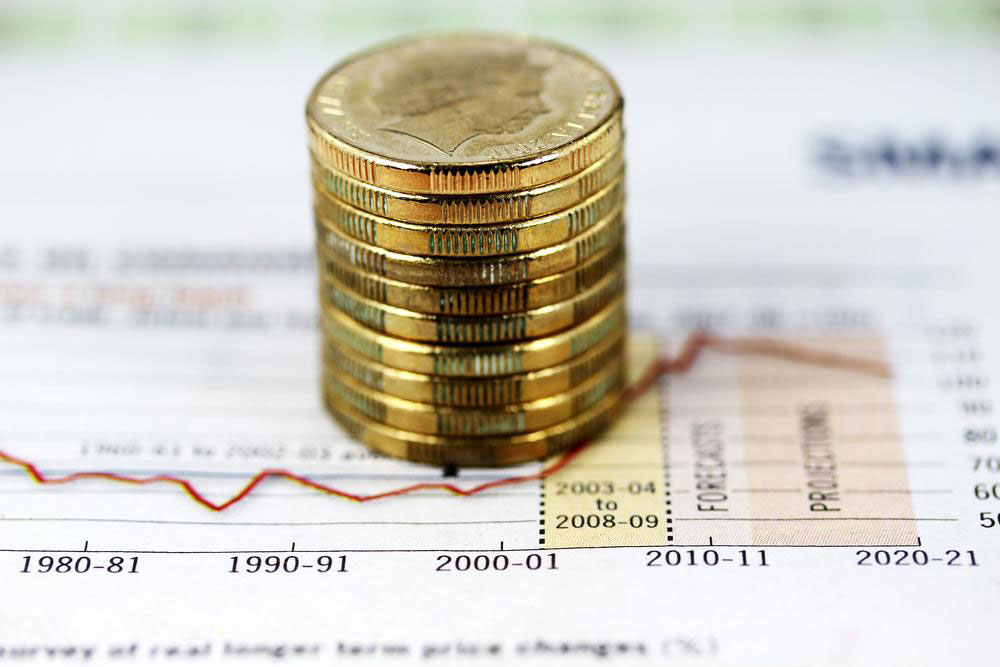Essential Insights into Gold Trading
Learn essential facts about gold trading, including price mechanisms, conversions, market influences, and popular investment forms. This guides investors in making informed decisions with gold bullion and coins, ensuring clarity on terminology, market behavior, and global pricing standards.

Essential Insights into Gold Trading
Unlike fluctuating stock markets, gold prices tend to stay relatively stable over time. Gold is widely regarded as a protection against inflation and currency devaluation in various regions. Investment options include purchasing bullion bars or coins, both containing at least 99.5% pure gold. Gold is also traded in smaller forms like coins and jewelry. The term "gold rate" typically refers to the spot price, the current market value for immediate settlement. Gold prices are influenced by geopolitical events, currency fluctuations, supply, demand, and central bank reserves.
In the US, gold is traded via ounces, grams, and kilograms. The most common reference is the spot price for one ounce, which varies continuously based on market activity. Daily fluctuations are driven by factors like global tensions, economic indicators, dollar strength, and industrial demand. Gold’s industrial uses include medical devices and electronics, further influencing prices. Generally, when investors buy more gold, the US dollar weakens, raising gold’s value, and vice versa. The spot gold price is set using data from futures contracts on the COMEX exchange, reflecting the immediate trading value.
Understanding key aspects before trading gold is essential. For example, knowing metric conversions helps assess true value. American "ounces" refer to avoirdupois ounces, while gold trading uses troy ounces. Key conversions include:
1 troy ounce = 1.09711 avoirdupois ounces
1 troy ounce = 31.1035 grams
Due to minute-by-minute price changes, the London gold fixing session sets a global benchmark. Representatives from major bullion banks meet twice daily to establish the current price, providing a reference point for traders worldwide. Actual buying and selling prices may include premiums for bullion or collectible coins, covering manufacturing and dealer costs. Gold prices remain consistent globally, traded in US dollars and converted locally, preventing arbitrage opportunities. Unlike stock markets, gold trading occurs continuously worldwide, with only brief pauses on weekdays.Popular gold bullion coins include American Gold Eagles, Gold Buffalos, Austrian Philharmonics, South African Krugerrands, and Canadian Maples. Many investors favor bullion coins over collectible coins due to lower premiums and simplicity. Always verify whether prices are based on troy ounces, grams, or kilos to ensure accurate valuation.










